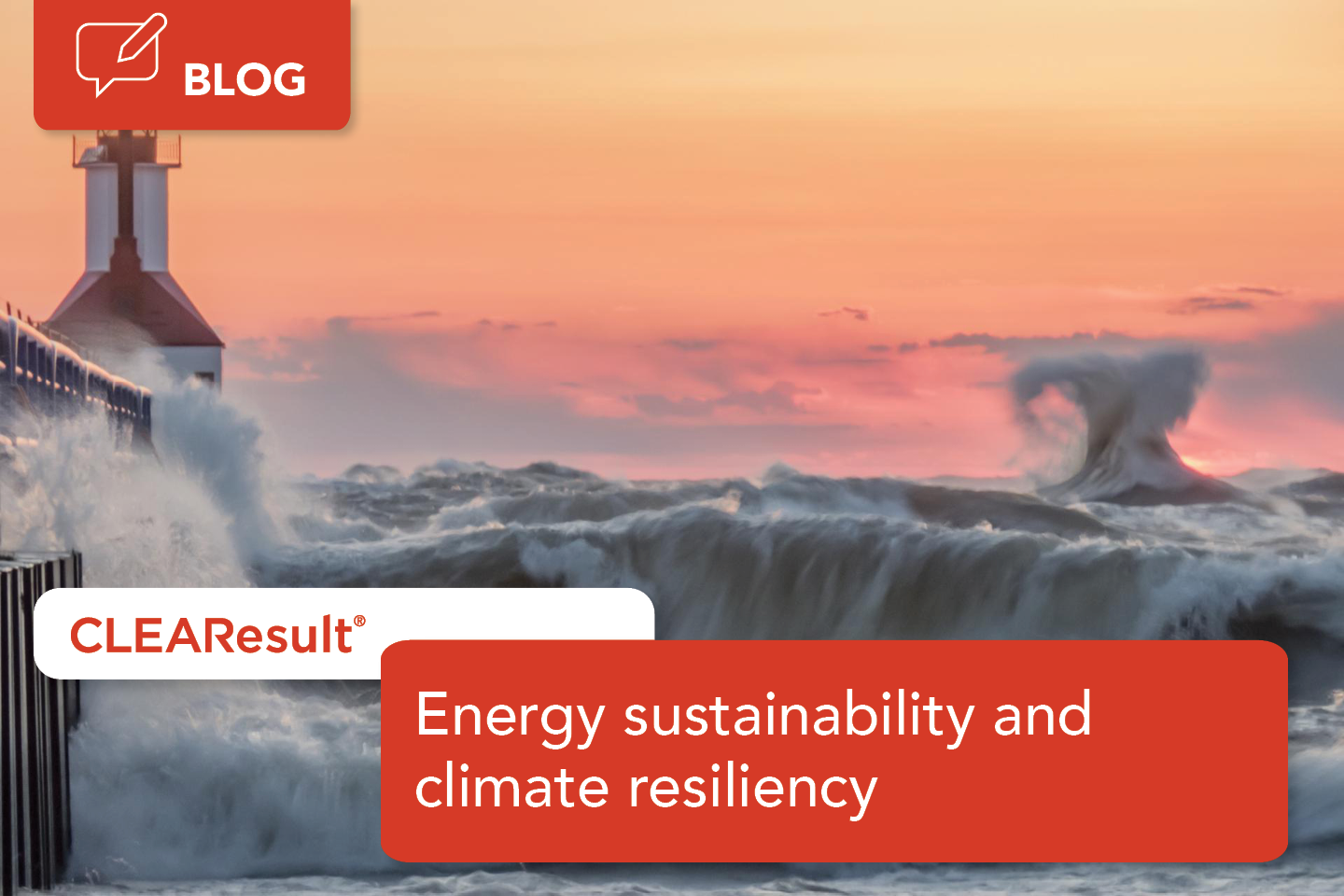Energy sustainability and climate resiliency: Preparing for climate change

By the 2050s, climate-related risks could affect businesses by an estimated 3.3% of their value each year, and by the 2090s, that number could rise to 6%, according to research from S&P Global. Yet, only one in five companies worldwide currently has a plan in place. For businesses, this presents not just a challenge but a powerful opportunity. The effects of climate change are already visible, with extreme weather events becoming more frequent. Preparing now can help businesses avoid disruptions and stay resilient.
In June 2024, the White House released updated climate adaptation plans from over 20 federal agencies. These plans contain valuable data, projections and progress indicators to help businesses make informed decisions about climate resilience. The focus areas include facility resilience, climate-ready workforces, climate-resilient supply chains, land and water management, and policy changes. These insights can help companies align their strategies with the latest government initiatives and stay ahead of regulatory shifts.
Being proactive pays off
The ongoing drought in Panama (which began back in October 2023) is the worst since the Panama Canal was built in 1914. Ships now face six-day delays, and the canal’s throughput dropped by over 15 million tons in 2023. Businesses that had plans in place to handle this sort of disruption have been able to better minimize delays and control costs.
In the U.S., managing disaster recovery can be a highly complex process from beginning to end, involving dozens of federal programs across multiple agencies, often with little coordination between them. But businesses that have clear strategies in place can navigate these challenges more easily and recover faster.
And companies that have planned ahead are already seeing benefits. Equity Residential, a leader in high-end real estate, uses climate risk modeling to protect its properties in vulnerable coastal areas. In Boston, they’ve installed flood barriers to protect important equipment from rising sea levels, helping ensure their operations continue smoothly,
Having a climate resilience plan can help your business avoid disruptions and maintain stability. Businesses with these plans are often viewed as lower-risk investments, making them more appealing to investors and partners.
It’s not just about avoiding risks — building a strong climate strategy can set your business up for long-term success and sustainability.
There is guidance out there
Businesses can start by assessing the numerous planning resources available online, including this valuable list of climate risk reporting steps from the U.S. Environmental Protection Agency. More comprehensive information on climate preparedness can be found in the U.S. Climate Resilience Toolkit, which offers case studies, future conditions projections and preparation strategies.
When creating resiliency plans, organizations should consider multiple scenarios, evaluate the likelihood and risk of each, and allocate resources accordingly. Planners should not only focus on local climate events directly affecting operations but also consider the implications of remote occurrences that can impact domestic production, distribution and revenue throughout their supply chain.
It is important for companies to periodically update contingency plans as they learn more about how climate events affect their operations. For many organizations, it makes sense to hire outside consultants who specialize in this area and are trained to develop detailed and effective strategies to steer through future storms. Our decarbonization experts have the knowledge, tools and resources to guide your company through this process.
To start a conversation with one of our experts, visit our decarbonization solutions contact page.